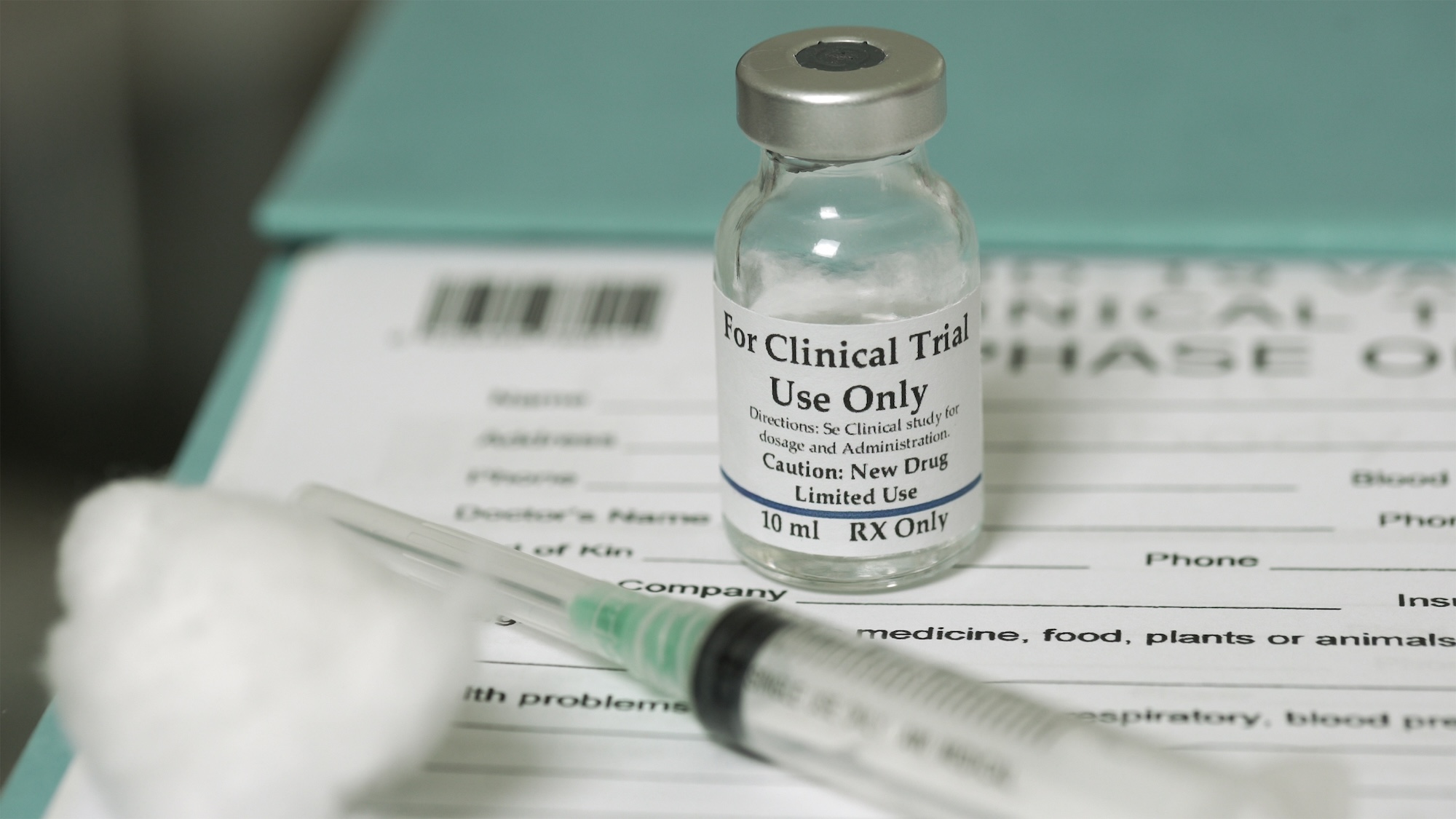10 Steps to Navigating Sustainability in the Pharma Supply Chain

The pharmaceutical industry has a large carbon footprint and CO2 emissions due to its global supply chains and energy-intensive processes. Globally, healthcare's carbon footprint is as large as that of major countries, emitting two billion tons of CO2 equivalent each year. McKinsey finds life science companies emit two to three times more CO2 per million dollars of revenue compared to healthcare providers. Manufacturing, raw materials, and strict temperature management all contribute to this impact.
Addressing these issues is important not just for following regulations, but also for improving your company's reputation and meeting the growing demands of eco-conscious customers.
1. Corporate Sustainability: A Continuous Journey
According to Forbes, "Corporate sustainability is a journey, not a destination." This means that achieving full sustainability can be tough, but every small step forward is progress. It’s important to acknowledge that even small improvements can help move towards the goal of zero CO2 emissions.
2. Setting Realistic and Impactful Goals
For sustainability efforts to be effective, pharmaceutical companies must set clear and realistic goals. These goals should be Specific, Measurable, Achievable, Relevant, and Time-bound (SMART). Involving all employees in these efforts is crucial, as their dedication can drive the success of sustainability initiatives.
3. Short-Term and Long-Term Strategies
Good sustainability strategies include both short-term and long-term plans. Finding easy, quick wins can provide immediate benefits and build momentum for larger projects. For example, improving energy efficiency or reducing waste in manufacturing can be quick and effective steps that lead to bigger changes like using renewable energy.
4. Balancing Cost and Quality
One of the biggest challenges is balancing the costs and quality of sustainable practices. Sustainable methods often cost more upfront, but they can lead to significant savings in the long run. For instance, investing in energy-efficient equipment may be expensive initially but can reduce energy bills over time.
5. Making Decisions Based on ROI
Pharmaceutical companies need to make decisions based on solid Return On Investment (ROI) data. Showing the financial benefits of sustainable practices, like lower energy costs and improved efficiency, can help justify the initial expenses. Creating Standard Operating Procedures (SOPs) that focus on environmental sustainability ensures it remains a core part of business decisions.
6. Sustainable Purchasing Practices
Sustainability should also apply to purchasing practices, requiring suppliers to follow strict environmental standards. Certification programs like ISO or EcoVadis can help ensure suppliers meet these standards. Additionally, designing products with their end-of-life in mind, using recycled materials, and finding eco-friendly alternatives can greatly reduce environmental impact.
7. Reduce, Reuse, and Recycle
Adopting the principles of reduce, reuse, and recycle is essential for environmental sustainability practices. Companies should measure waste and track the use of resources like electricity, water, and potentially environmentally hazardous waste. This data helps identify areas for improvement and track progress. Also, investing in initiatives to reduce waste, such as monitoring temperature deviations, may be a sustainable choice both environmentally and financially.

8. Third-Party Validation
Using third-party experts can provide valuable insights into where to improve and verify the company’s sustainability efforts. These experts can help track progress, identify inefficiencies, and verify results, which is important for maintaining transparency and credibility with stakeholders. Furthermore, an objective observation from an external party may contribute with insights you've previously overlooked.
9. Meeting Regulatory and Community Demands
Pressure from government regulations and community expectations for sustainable practices is increasing. Companies that proactively address these demands by integrating sustainability into their business strategy can gain a competitive edge. Following environmental regulations not only avoids penalties but also improves corporate reputation and builds trust with customers and stakeholders. Make sure to keep up-to-date with your local regulatory and community demands!
10. Avoiding Greenwashing
It's important for pharmaceutical companies to avoid greenwashing—making false claims about the environmental benefits of a product or practice. True sustainability efforts should be transparent and backed by evidence. Companies must ensure that their claims are accurate and reflect real progress.
Wrapping it up
Sustainability in the pharmaceutical supply chain is both a regulatory requirement and a strategic necessity. By setting clear goals, balancing costs and quality, and making decisions based on ROI, pharmaceutical companies can make significant strides towards sustainability. Every small step, from short-term wins to long-term strategies, contributes to this journey. By involving employees, setting high procurement standards, and avoiding greenwashing, the pharmaceutical industry can lead the way in corporate sustainability, benefiting both the planet and the business.
You may also be interested in

Extending TempMonitor BLE to Ultra-Low Temperatures

Exploring the solution to a global question

On-demand webinar: Master your supply chain with end-to-end visibility
You may also be interested in

Can You Rely on the Results from Your Clinical Trials?


